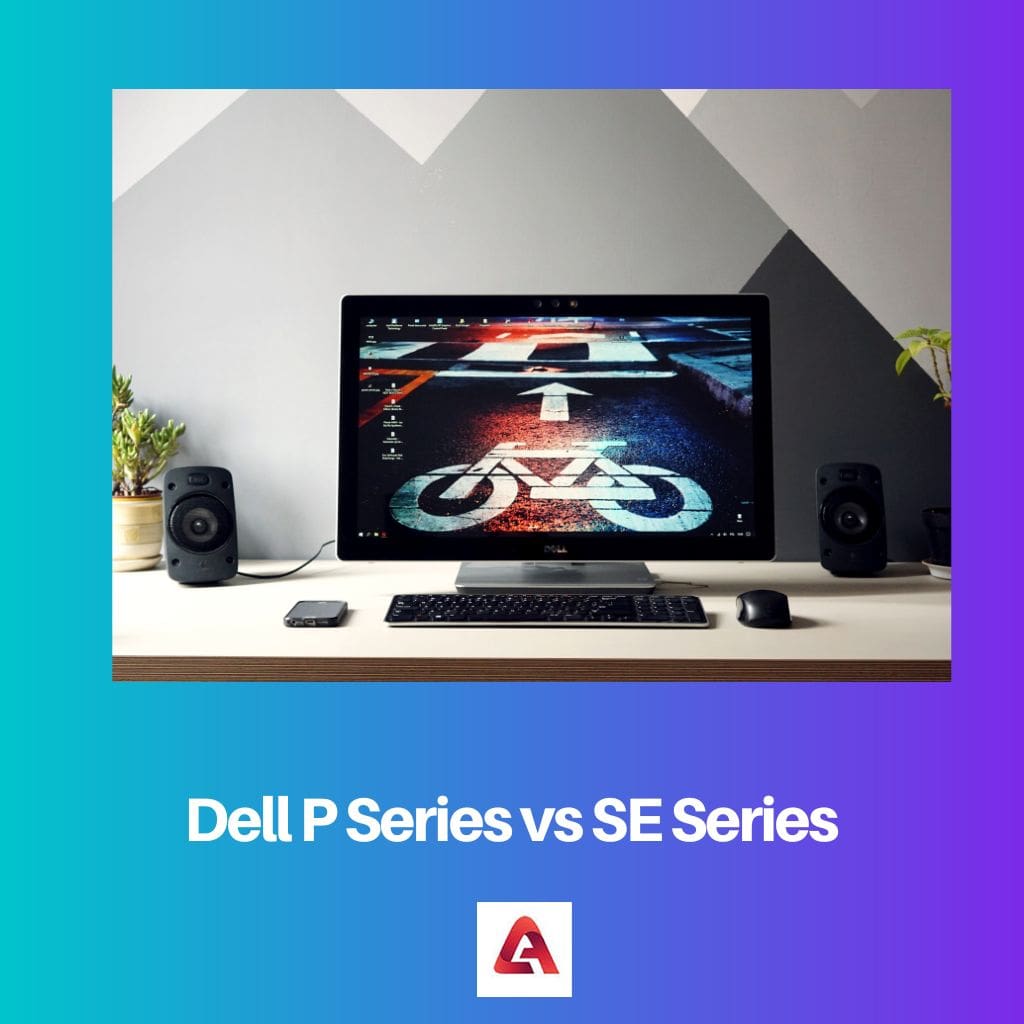Key Takeaways
- Quantum Dot Light Emitting Dioxide (QLED) represents a breakthrough in display innovation, seamlessly combining quantum dots and LED.
- Crystal UHD, also known as Ultra High Definition (UHD), represents a significant evolution in display technology.
- QLED uses a layer of quantum dots to enhance colour and brightness, while Crystal UHD is a term used by Samsung to denote their UHD (Ultra High Definition) TVs focusing on colour and clarity.
What is QLED?
Quantum Dot Light Emitting Dioxide (QLED) technology represents a breakthrough in display innovation, seamlessly combining quantum dots and LED backlighting to deliver stunning visuals. Quantum dots are minuscule semiconductor particles that emit precise colours when exposed to light. QLED TVs employ these quantum dots to generate a broad spectrum of colours, resulting in more vibrant images.
One of the primary advantages of this technology is its exceptional colour accuracy and brightness. By manipulating the size of the quantum dots, manufacturers can control the specific colours emitted. This precision ensured that the colours displayed on the screen were true to life, offering viewers an immersive experience.
It also excels in minimizing motion blur due to its rapid response times. This is especially beneficial for fast-paced content like sports and action movies. QLED TVs also incorporate advanced features such as local dimming, where specific backlight zones can be dimmed or brightened independently.
What is Crystal UHD?
Crystal UHD, or Ultra High Definition, represents a significant evolution in display technology, providing viewers with incredibly sharp and detailed images. This advancement in resolution is achieved through a higher pixel count, offering four times the pixels as Full HD displays. They also deliver greater clarity, finer details and a heightened immersion.
The most prominent feature of Crystal UHD displays is their resolution pixels, which ensures that even the smallest elements within an image are well-defined. This level of detail is particularly beneficial for larger screen sizes, where individual pixels might become visible on lower-resolution screens.
Crystal UHD TVs are compatible with various content sources, from traditional broadcast television to streaming platforms. This compatibility, combined with the affordability of Crystal UHD compared to other premium display technologies, makes it an appealing choice for consumers seeking a high-quality visual experience without breaking the bank.
Difference Between QLED and Crystal UHD
- QLED offers better colour accuracy and improved contrast making it suitable for high-end viewing experiences, while Crystal UHD provides good picture quality with sharpness and clarity.
- QLED uses a layer of quantum dots to enhance colour and brightness, while Crystal UHD is a term used by Samsung to denote their UHD (Ultra High Definition) TVs focusing on colour and clarity.
- QLED includes advanced features like higher refresh rates, better motion handling and AI-powered upscaling. At the same time, crystal UHD may have fewer advanced features but still provides a good range of functions for everyday entertainment.
- QLED falls into a higher price range due to its premium features, while Crystal UHD provides more affordable options making it a good choice for budget-conscious consumers.
- QLED is known for its higher brightness level, which enhances HDR content, while Crystal UHD offers decent brightness levels.
Comparison Between QLED and Crystal UHD
| Parameters | QLED | Crystal UHD |
|---|---|---|
| Features | Better colour accuracy and improved contrast | Good picture quality with sharpness and clarity |
| Definition | It uses a layer of quantum dots to enhance colour and brightness | Used by Samsung to denote their UHD TVs with a focus on colour and clarity |
| Advanced properties | Higher refresh rates, better motion handling and AI-powered upscaling | Fewer features but provides a good range of functions |
| Price range | Higher | Affordable |
| Brightness levels | Higher Decent |





